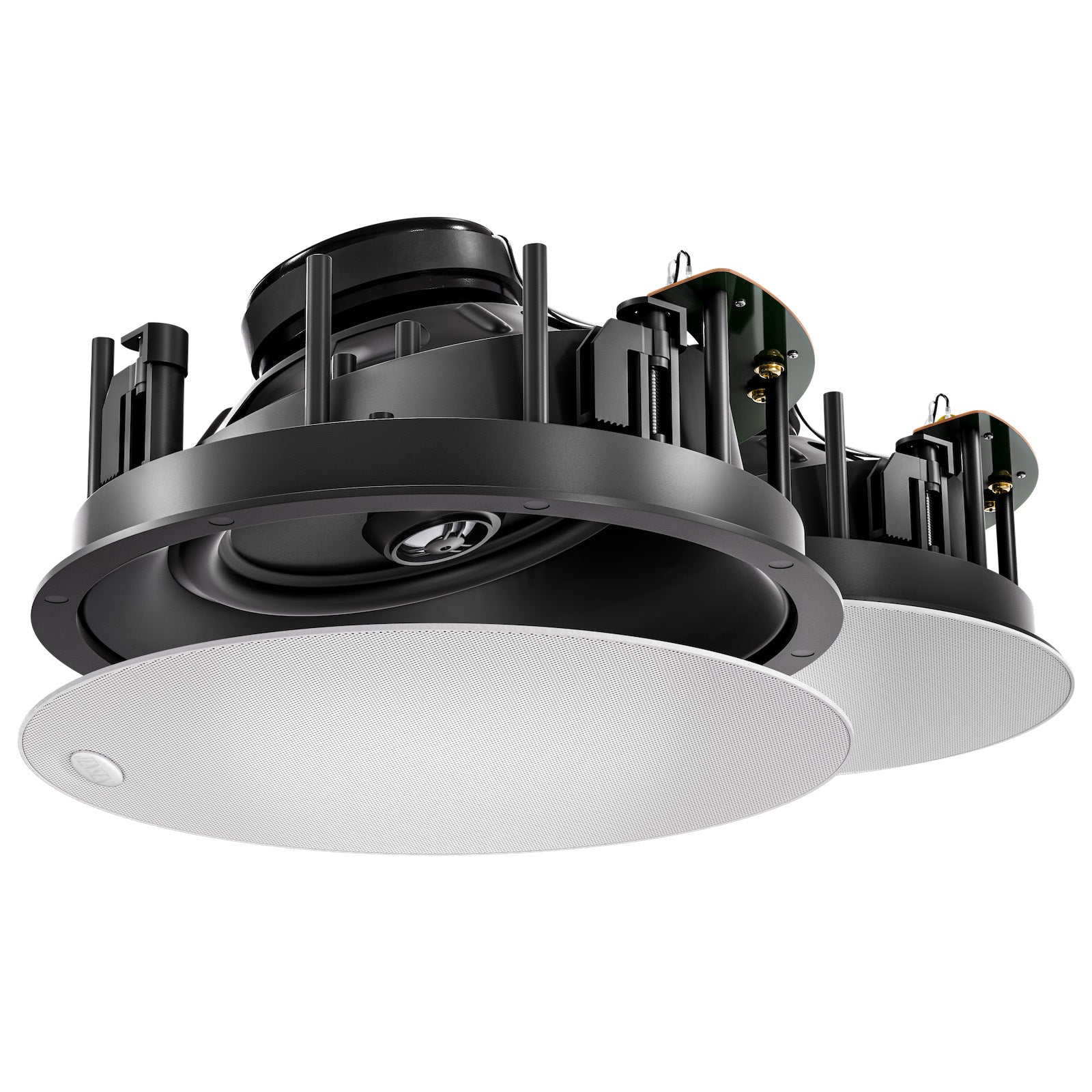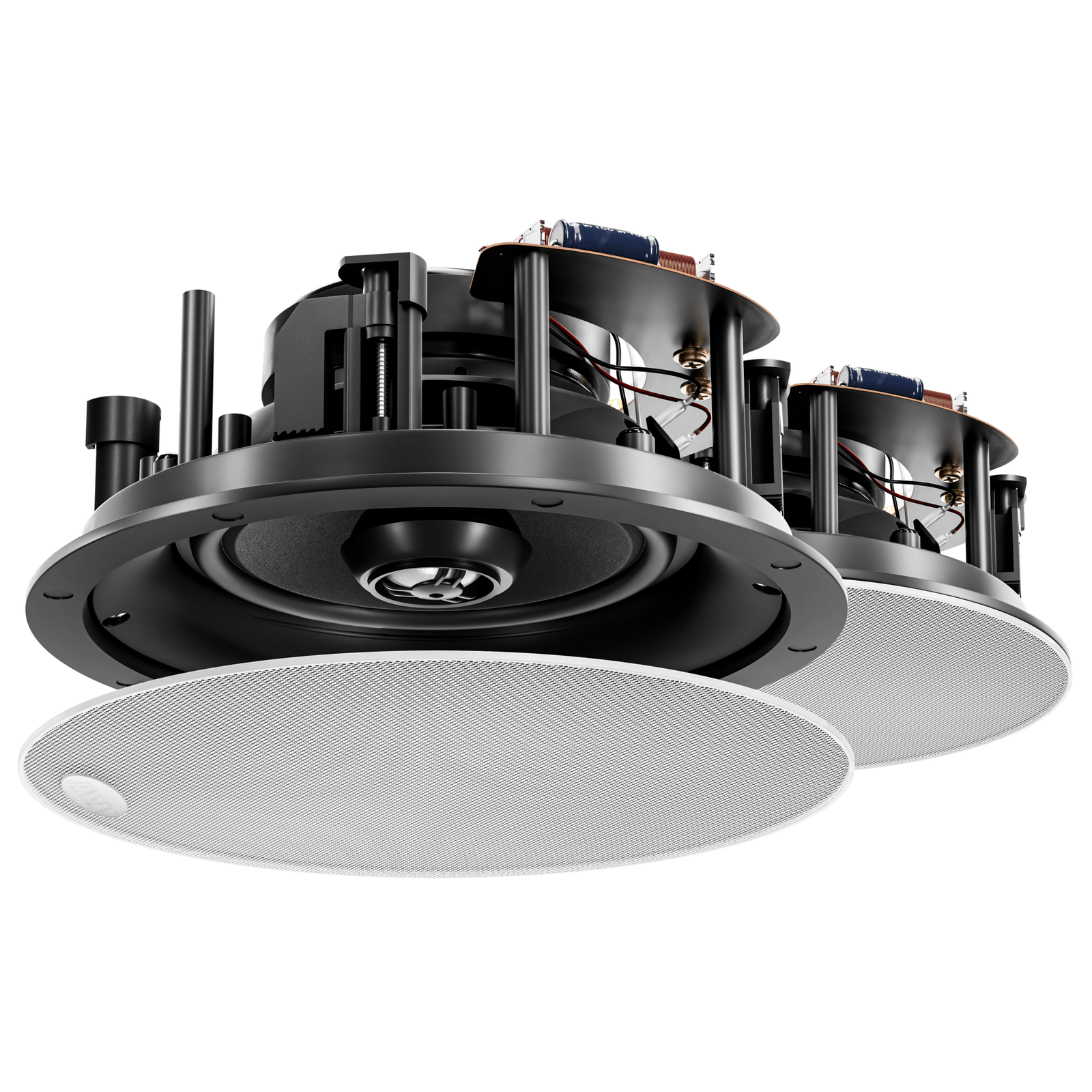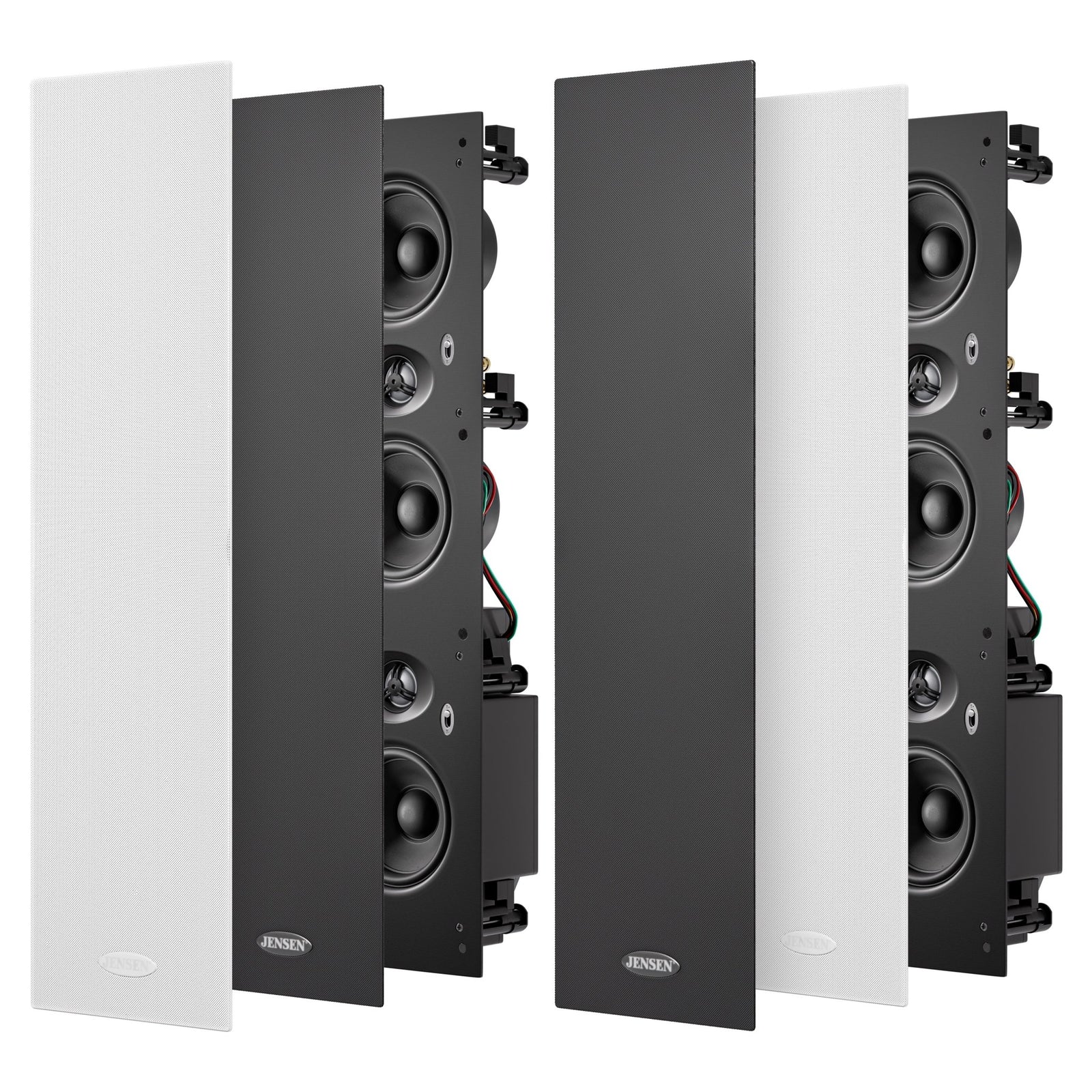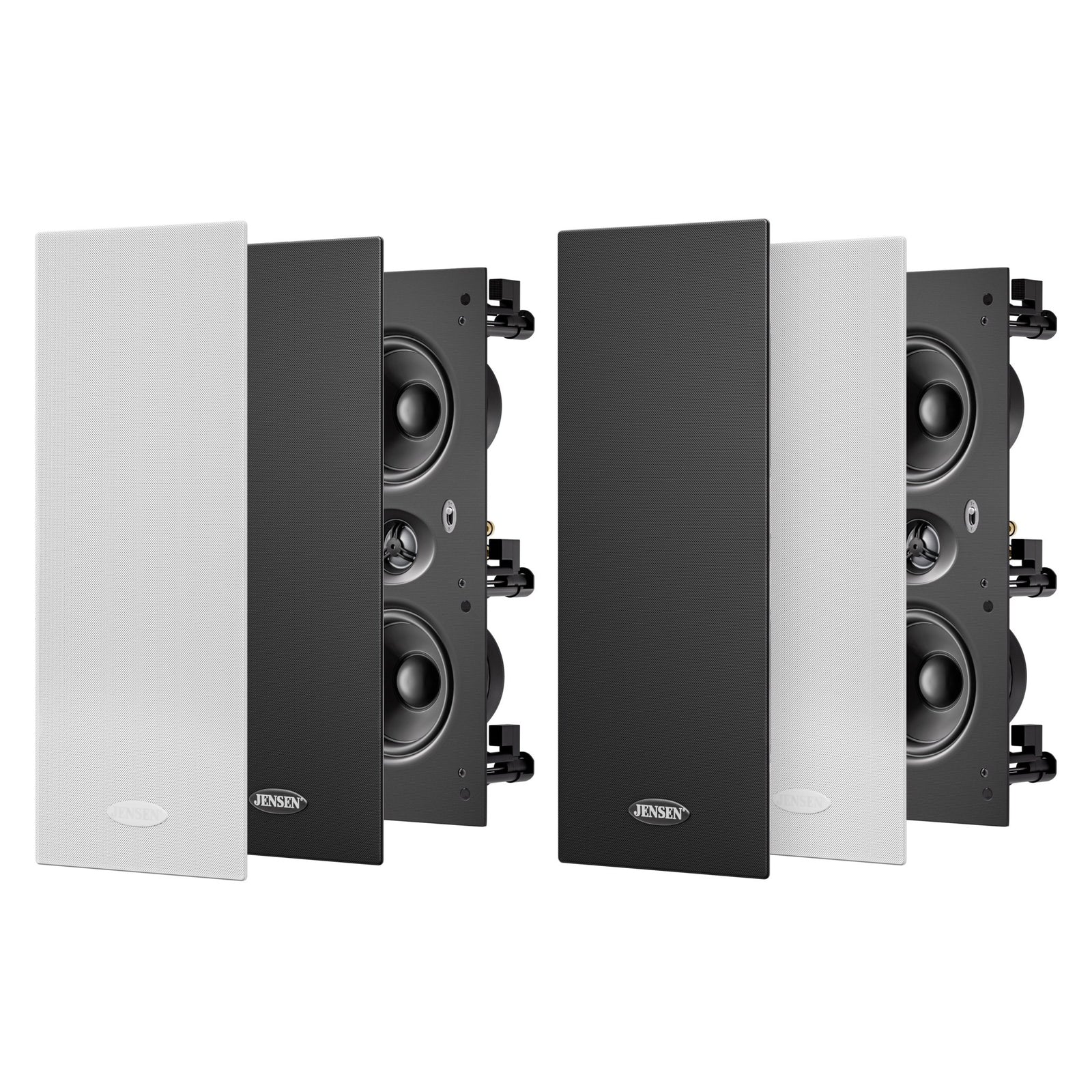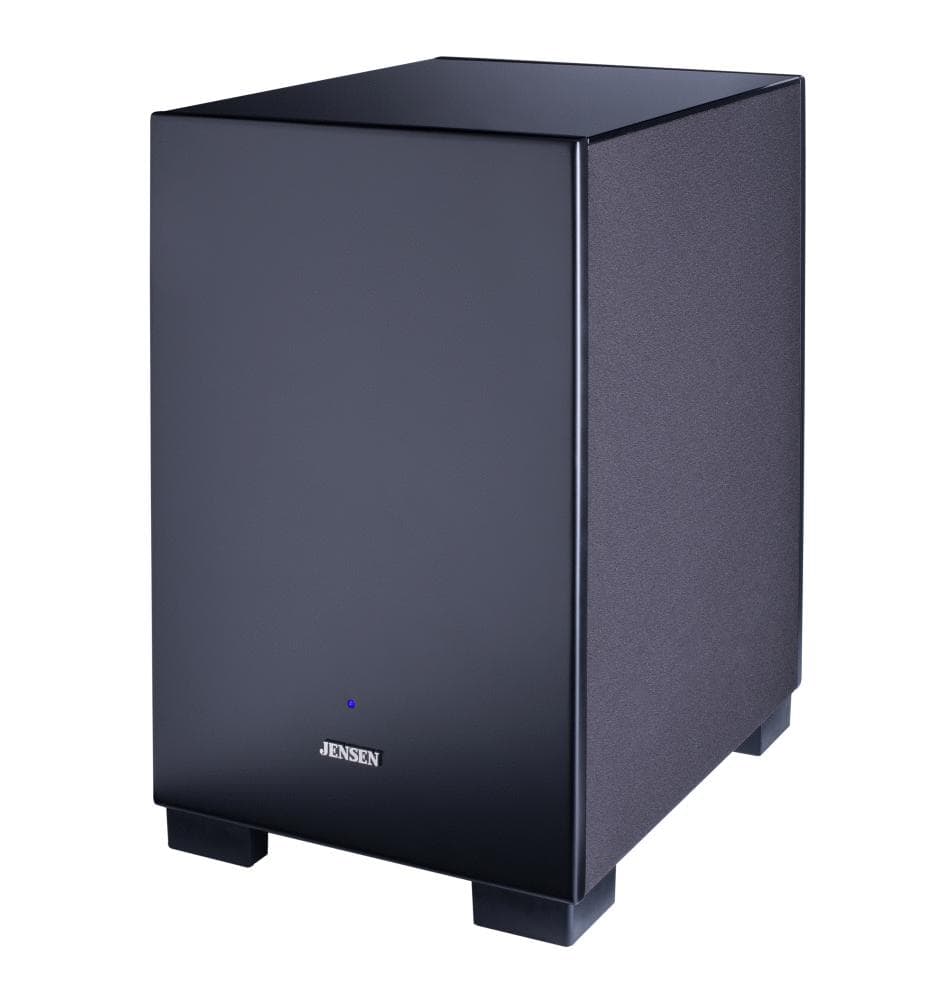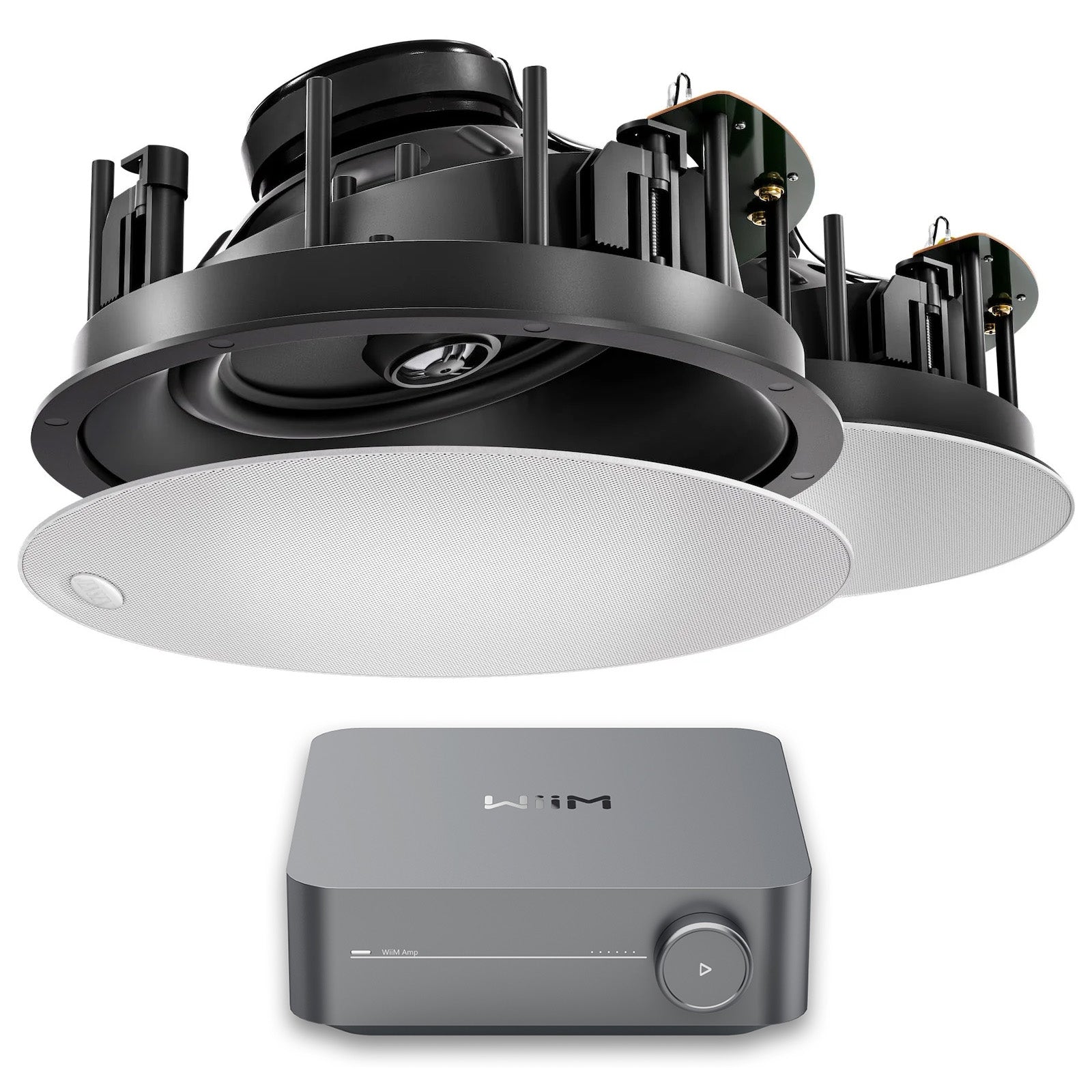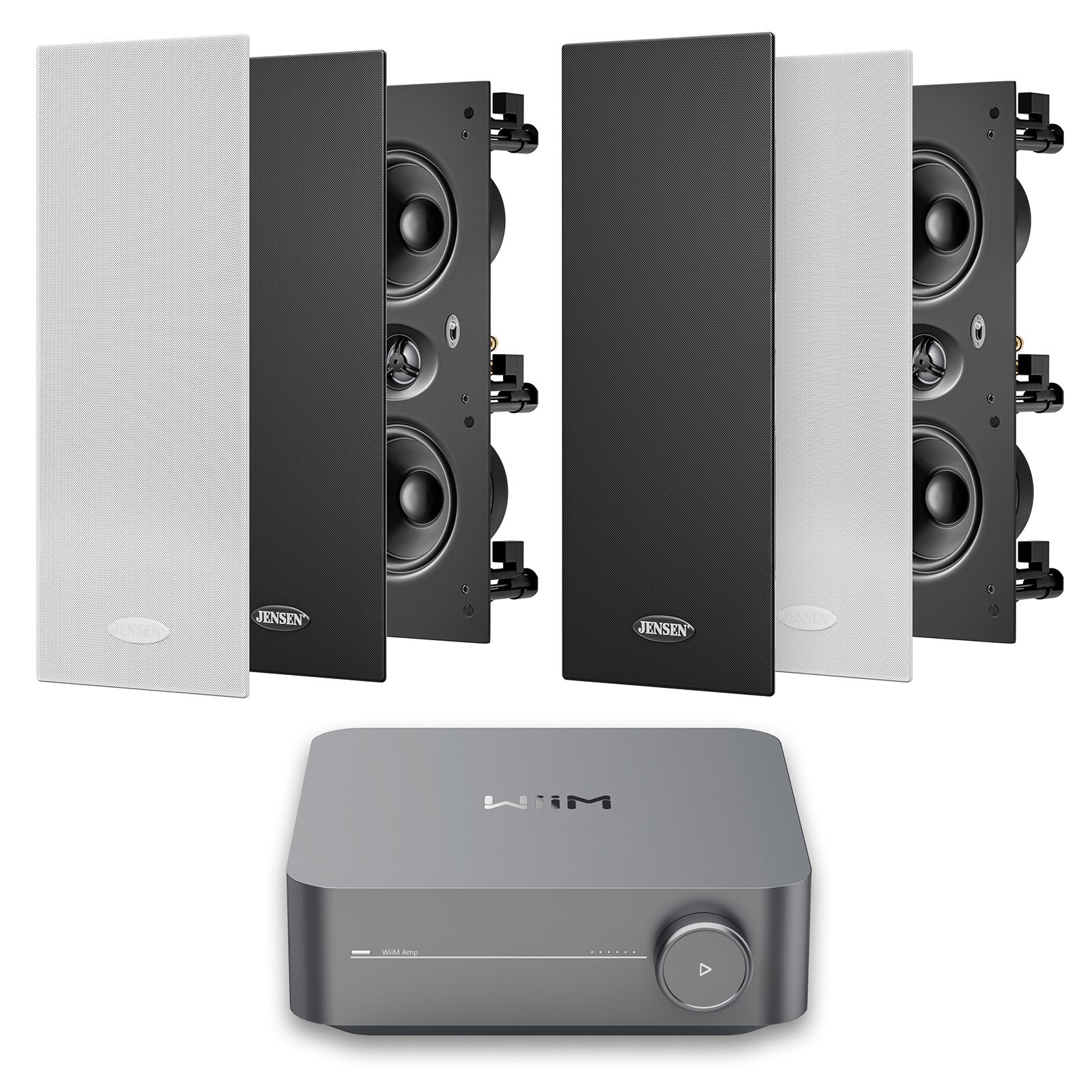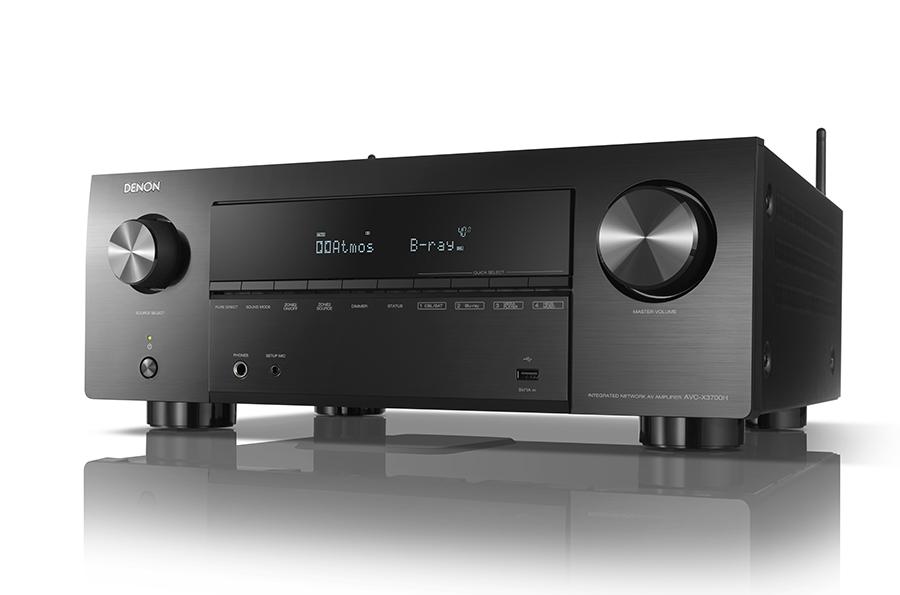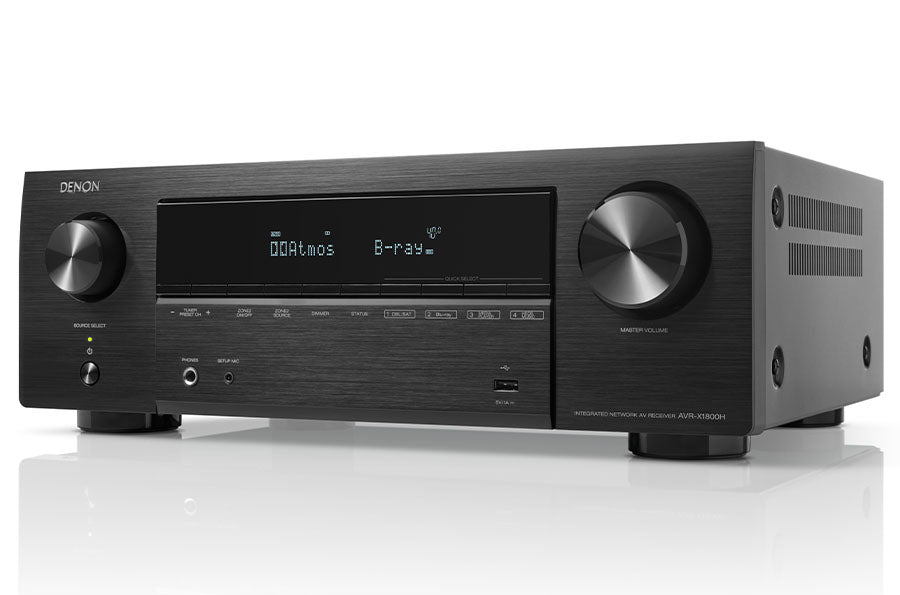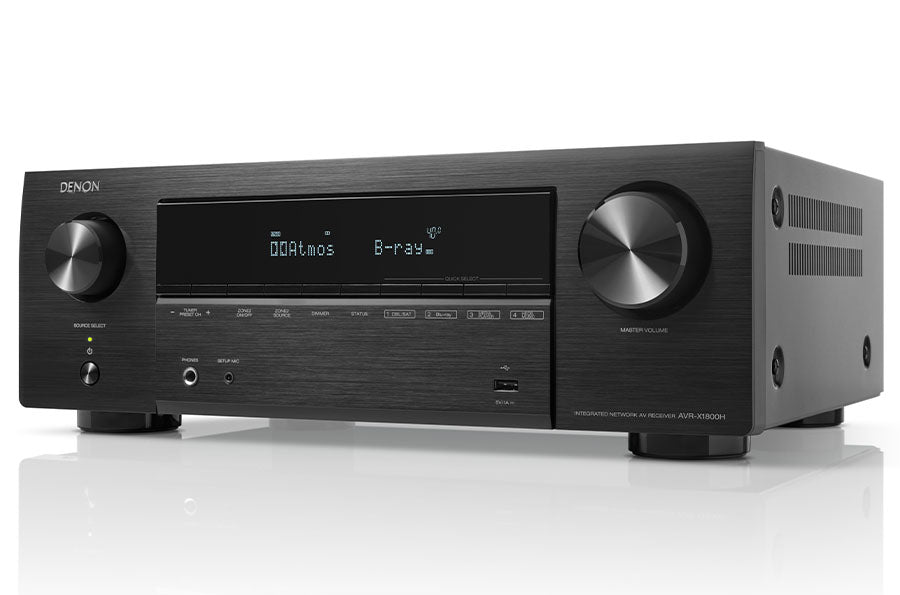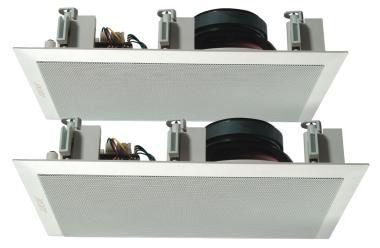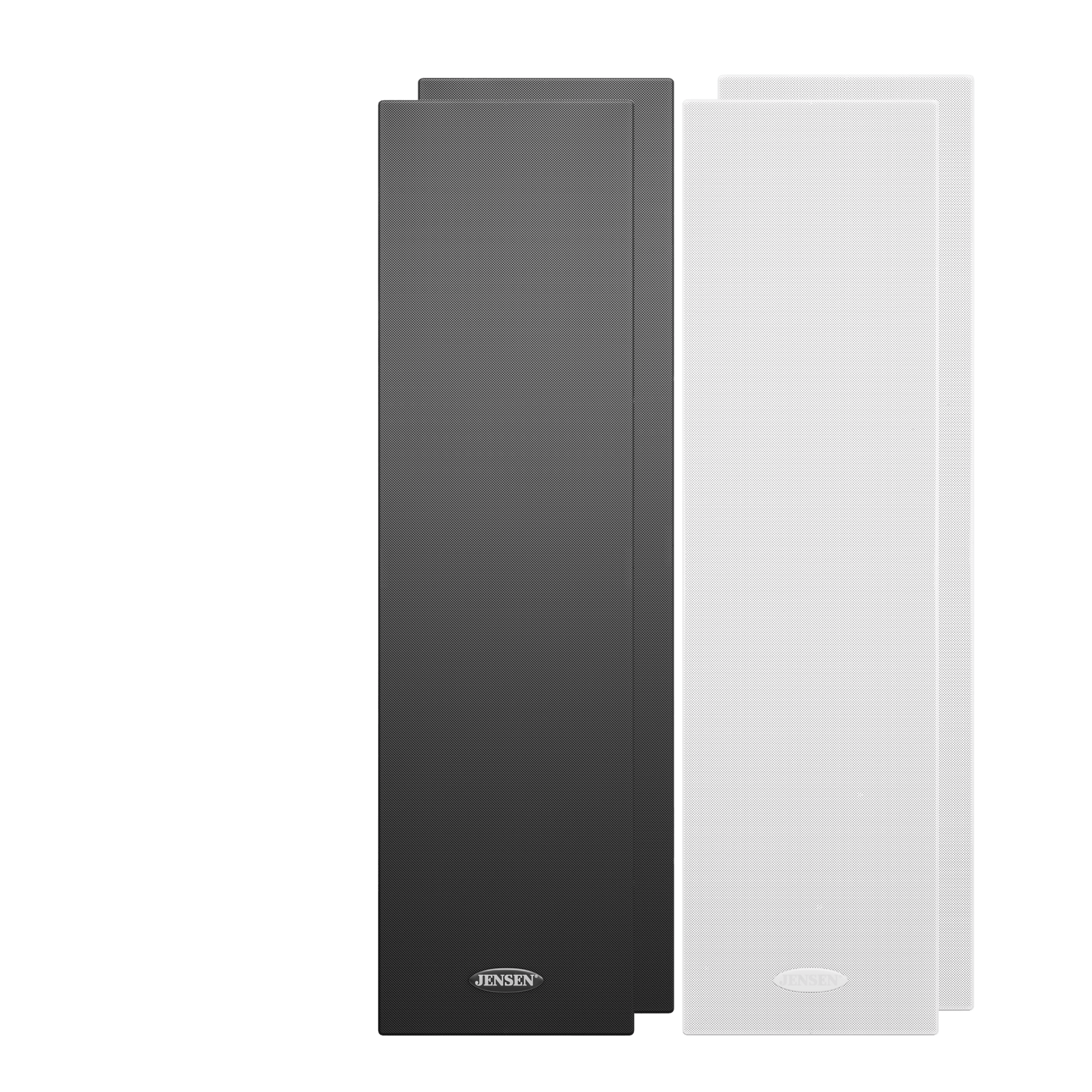Setting up an in-wall speaker system consists of choosing where to place them, installing them into your wall and connecting them to an amplifier, and setting the amplifier up.
If you want help deciding where to place your speakers, click here. If you’re worried about how to install them into the walls and run cabling, our simple install instructions will guide the way.
As for setting up your system configurations, it will depend on the amplifier you choose. If you go with an AV receiver, it will walk you step-by-step through setting up all the audio channels and configuring inputs. Most receivers on the market today are very user-friendly, but let us know if you want most guidance.
